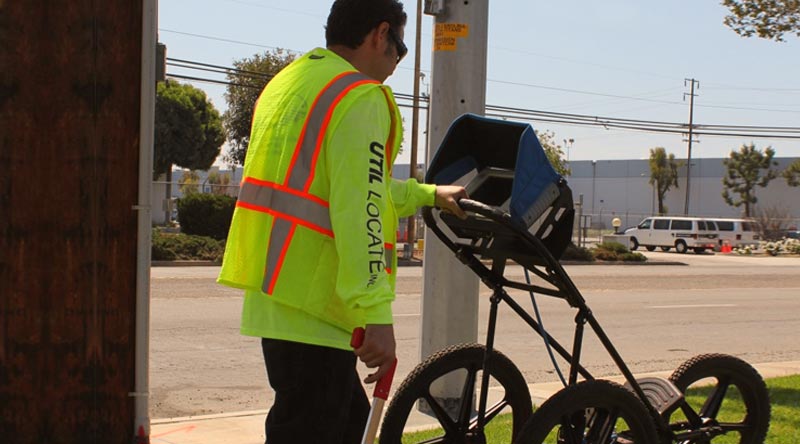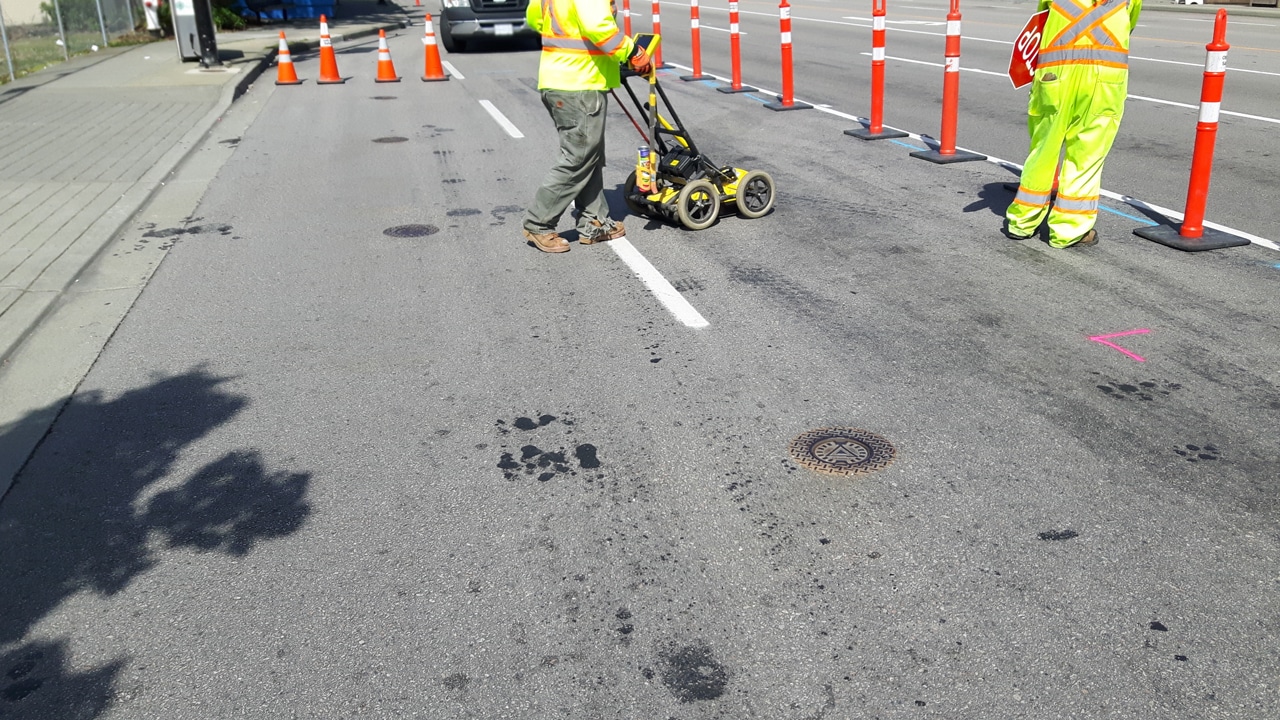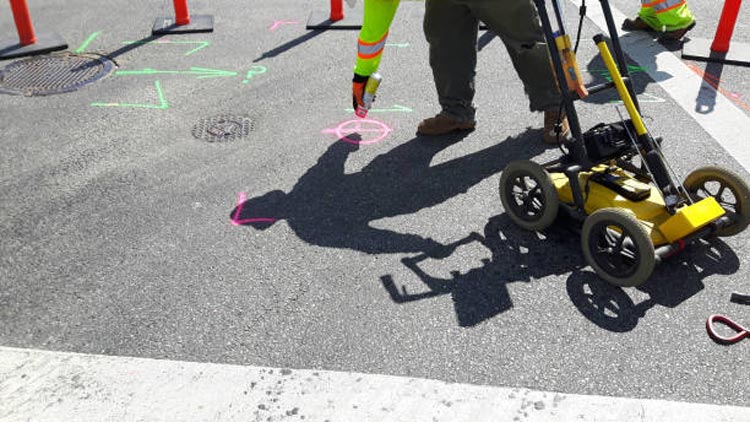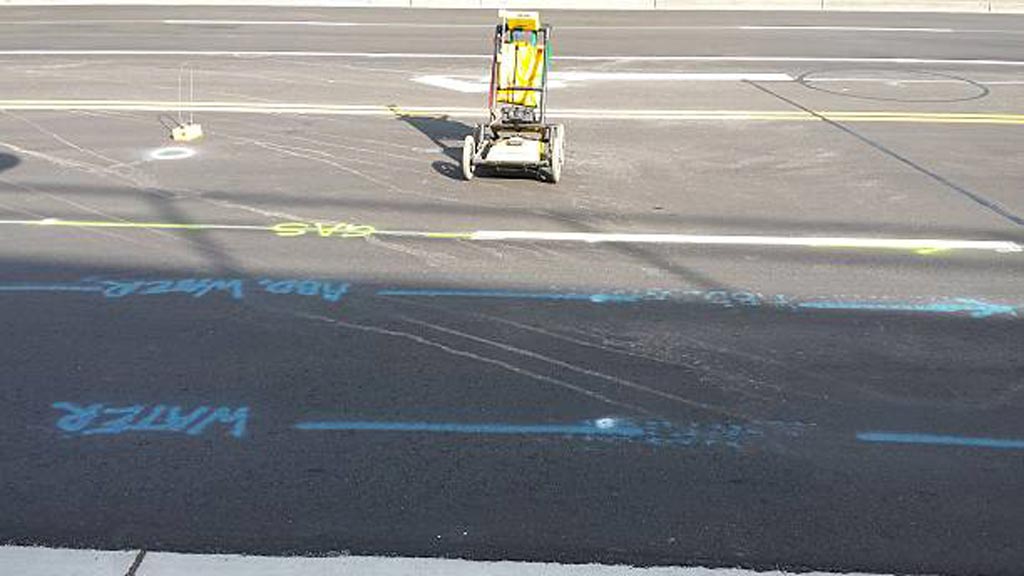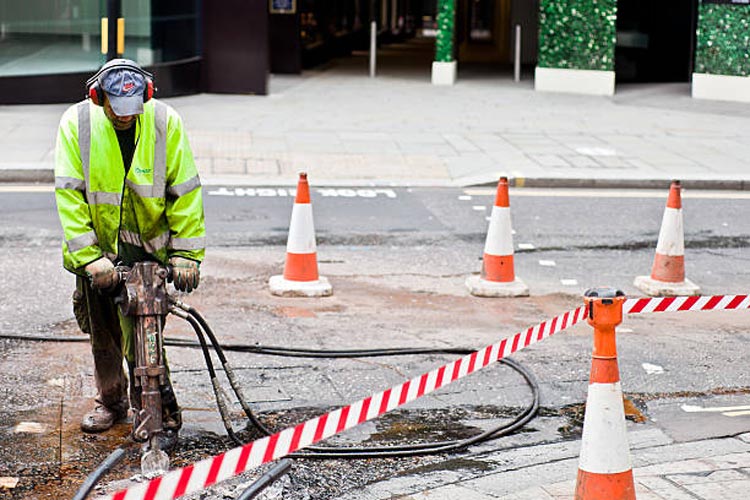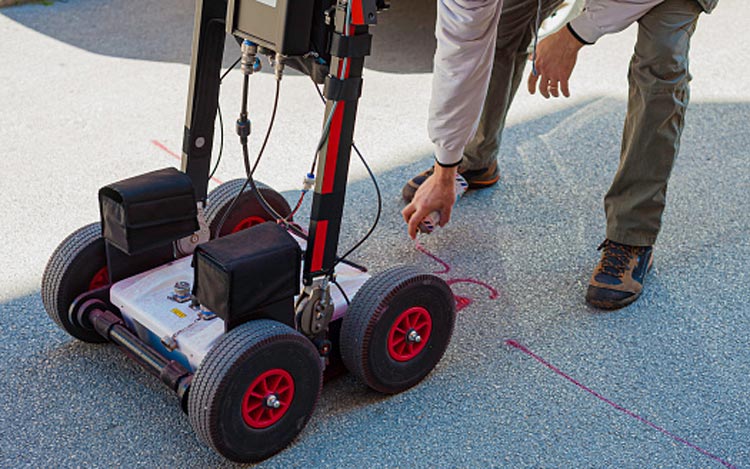Working outdoors is prone to many safety hazards. This holds especially true for projects like excavation work or utility locating. Digging up the ground where underground lines, cables, and pipes present many dangers, both natural and man-made.
As such, it’s absolutely important to observe the utmost precaution to ensure everyone’s safety and the success of any project. Effective planning involves thorough utility locating, utility infrastructure investigations, damage prevention as well as mitigation measures for issues identified during preliminary surveillance.
Plan Effectively
Every project is unique and will have its own schedule, budget, location, and scope. Depending on these factors, contractors will have to come up with a plan that will please the client while also ensuring the safety and wellbeing of the workers.
But utility locating happens outside where safety hazards abound and circumstances are unpredictable. Therefore, one must prepare contingencies for all possible scenarios that might take place.
Call Before You Dig
An easily avoidable common mistake is accidentally hitting or damaging a utility line. To do so, always call 811 before you dig. This holds true even for utilities projects that may seem simple and straightforward.
811 is the national call number for preventing the unintentional striking of underground utility lines. Pre excavation, call 811 to request help flagging the approximate locations of buried utilities in the area where you plan to excavate.
Create A Utility Map
While you should call 811 before excavation, it’s also good practice to devise a utility map before starting any utility service project. After all, there may be some private utility cables or unknown underground utility lines that 811 is not aware of or their information may be not updated.
To build a utility map, you can use old utility maps as a reference but never use them to guide your excavation. Utility maps need to be updated and creating one right before a new project is the best way to avoid accidents.
Homeowners near your excavation site usually know where their private utility lines are. One can also look for tanks and meters around a property to locate water pipes and electrical or gas lines.
Prevent Cave-Ins
One of the most common accidents experienced by utility locators when doing excavation work or working with underground utilities is collapsed tunnels or cave-ins.
To prevent this, utilities contractors must test the soil composition, as well as design and build structures that will function as support and provide shielding. Testing the soil ahead of time allows them to assess the likelihood of a cave-in whereas support beams can prevent tunnel collapse and shields can protect workers in the event of a cave-in.
Design Walkways and Barriers
No matter how careful excavators are, human error is still a huge risk. Though dropping an object or slipping and falling at home may not result in life-threatening consequences, doing so in a dig site can.
As such, any utility locator or excavator should first set up smooth and non-slippery walkways for workers to securely move about. They must also erect sturdy barriers around the area to prevent people from falling into pits.
Use the Proper Equipment
Excavation projects are no joke. Even with the most experienced utilities workers, most projects can’t be accomplished without the necessary tools.
If you’re a homeowner digging for a one-time project, investing in expensive equipment can be wasteful. Instead, hiring an experienced utility locator who already has such equipment and is experienced in using them to render services is going to be safer and more cost-effective.
These excavators are trained to use equipment such as a ground penetrating radar to ensure survey markings are all recorded accurately.
Prepare Respirators
Dust and dirt are constantly in the air during excavations, which can in turn be hazardous to people’s health. Depending on the utility request, some teams even dig deep enough into the ground that oxygen levels begin to drop. Such lack of oxygen can cause lightheadedness, fatigue, and even fainting.
Before any light digging, workers must wear proper masks. If the project requires excavators to dig deep, workers need respirators or similar devices to help them breathe properly while working. This prevents them from collapsing or feeling sick; it will also help them avoid developing respiratory diseases due to work.
Bring Ear Plugs or Ear Muffs
During excavations, workers are surrounded by noisy equipment. Though this is part of the job, anyone exposed to high levels of noise for prolonged periods can risk ear damage and hearing loss.
Before starting any project, always conduct a noise assessment. If noise levels reach 85 dBA as an 8-hour TWA or more, workers must wear protective PPE like ear plugs or ear muffs.
Educate Workers
When digging, workers use heavy-duty dangerous equipment. Such devices need proper handling; otherwise, they can cause severe injuries while on the job. This is why educating workers is incredibly important. Moreover, workers must also be educated on how to properly use protective gear to ensure their safeties.
As a homeowner or excavation or construction company, it pays to train workers or work with contractors with proper training.
Supervise At All Times
An excavation project can’t just be done willy-nilly. There must be an experienced worksite supervisor who can govern the workers and make sure they all abide by safety protocols and follow the proper operational procedures.
Any compromises in this regard can easily lead to accidents and disaster so insisting on having someone capable at the helm of a project is a non-negotiable.
Put Signs, Reminders, and Warnings
Anyone is bound to forget a thing or two after they’ve been working for hours and days. This is why putting up a sufficient number of signs around the digging area can make a huge difference in disaster prevention.
Though it’s advised to stay at least 18 inches away from a marked underground utility, it’s highly encouraged to dig as far as you can because the mapping is not always accurate. For example, pipes can move due to changes in ground temperature over time.
To account for this reach, make sure to set up the appropriate reminders or warnings before you dig. Doing so in danger zones can boost alertness and vigilance minimizing the chances of accidents. This is also helpful for bystanders and utility owners who may want to help direct the flow of traffic around the utilities site.
Hire Professional Utility Locators
Whether you’re digging to install new underground utilities or doing some landscaping, you always want to observe the safety measures listed above to help protect yourself and everyone else around your worksite.
Accidentally hitting underground utilities can not only cause inconveniences such as water shortage or power interruption, it can also cause fire, serious injury, and possibly even death to the workers involved.
If you’re a property owner and have no experience with utility locating or digging in a utility site, you may not know what to do if you accidentally hit a gas line or a water pipe. Therefore, it’s highly advisable that you leave the job to utility companies or hire professionals who render utility locating services.
Our team is made up of professionals who have been in the utilities industry for years, and we meet all our requests with the utmost care. You can leave your private utility locating and mapping needs to us, so call Util-Locate, your trusted utility locator partner!

